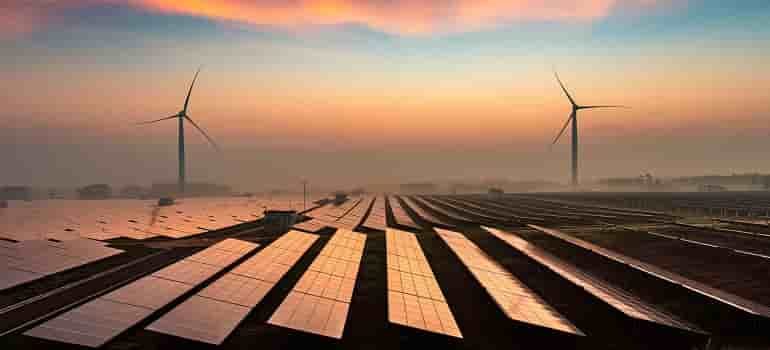Record-breaking growth in renewables puts India on track for a sustainable future, but challenges remain.
India is rapidly establishing itself as a global leader in renewable energy, according to a suite of new research reports. The trend points towards a more sustainable future for the country’s electricity sector, even though coal remains the dominant source of power generation.
A record-breaking 71.5% of India’s new power generation capacity in the first quarter of 2024 came from renewable sources, surpassing coal for the first time since the 1960s. This achievement puts India well ahead of its target of achieving 50% non-fossil fuel power capacity by 2030.
The Institute for Energy Economics and Financial Analysis (IEEFA) attributes this growth to a surge in both renewable energy capacity addition and tendering for new plants. Large-scale renewable projects have attracted significant interest, with tenders exceeding a staggering 69 gigawatts (GW) in the last fiscal year.
India’s solar power sector has witnessed phenomenal growth, propelling the country to the third position in global solar generation rankings, behind only China and the United States. Ember’s Global Electricity Review highlights solar as the world’s fastest-growing electricity source, with India contributing significantly to this growth.
However, India still faces challenges in fully transitioning away from coal. Adverse weather conditions and rising power demands necessitate continued reliance on coal-fired plants, which currently generate over 70% of the country’s electricity.
Despite this hurdle, India’s renewable energy push has drawn new players at the national and international levels. Notably, state-level authorities are playing an increasingly prominent role, with Gujarat Urja Vikas Nigam Limited (GUVNL) emerging as a leading entity in renewable energy tendering.
The future appears promising for India’s renewable energy sector. Innovative tender designs, including those for energy storage systems, are addressing the issue of intermittency in renewable energy output. While import duties and local sourcing requirements pose obstacles, the record tendering activity in FY2024 indicates strong investor confidence and a potential for exceeding the national target of 50 GW again in FY2025.


